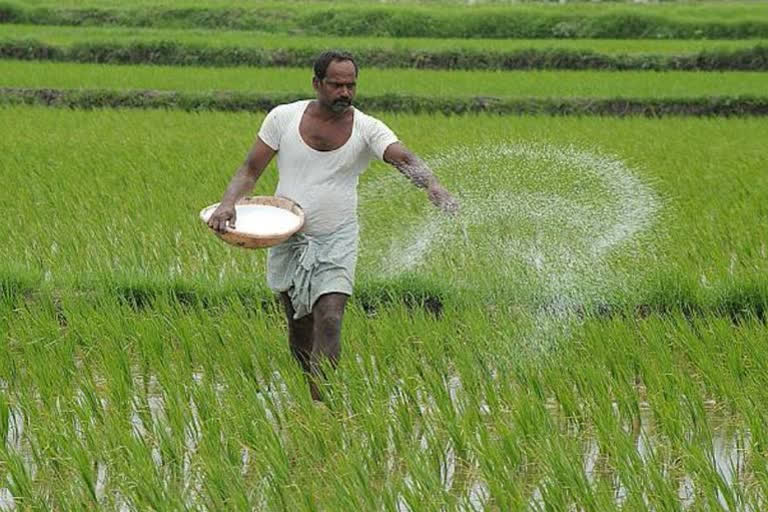Hyderabad: The central government has declared that the minimum support price (MSP) for 14 Kharif crops pertaining to the year 2020-21, in order to benefit the farmers.
The Government also claims that the support price is almost more than 50 per cent of the cost of crop production. However, the actual situation seems to be different. For some crops, there was no support price announced at all.
In fact, many financial experts opine that there seems to be no connection at all between the recommendations made by the Swaminathan Commission and MSP being offered by the central government.
The central government has announced minimum support prices for 14 crops for the Kharif period of 2020-21 and it claims that the support price for all crops has been increased from what was provided last year, and which is 50 per cent higher than the cost of production of crops.
The central government hopes that agriculture will be more encouraging for farmers in the country in the coming period.
The now announced support prices are not in line with the Swaminathan Commission's recommendation to add an additional 50 per cent of the total cost of production to the farmer.
Production Costs are the key Elements of farming
The Commission for Agricultural Costs and Prices (CACP) takes into consideration, seven key aspects of farming, before advising the government to arrive at a support price of a particular crop that can be beneficial to the farmer. The most important of them is the cost of production.
In the absence of a proper mechanism for determining the cost of production, the minimum support pricing process will not be able to achieve the desired results. CACP calculates the cost of production of crops in eight ways.
First one is the A1 type of the crop in which the expenses meted out by the farmer to 14 different entities with a goal of harvesting one quintal quantity of the said crop are calculated. The A2 type of crop cost of cultivation is calculated when the cost to lease the land is added to the cost of cultivation of A1 type crop. B1 Cost is arrived at by adding the interest value of owned fixed capital assets (excluding land) to the A1 Cost of Cultivation. cost of production. B2 Cost is calculated by adding the Cost B1 and Rental value of owned land (net of land revenue) and rent paid for leased-in land.
When we add the imputed family labour value to B1 costs, we arrive at C1 and by adding the same to B2, we get the C2 costs. When the minimum value of labour as per the market or lawful prices are added, we get the C2 (Star) cost. We get the C3 production cost when we add ten per cent of the production and management costs to the C2 Cost. C3 production cost is actually the total economic production cost of the farmer's crop.
In industries other than cultivation and farming, the total cost price of a certain product is arrived at based on the C3 production cost itself. Similarly, in the field of agriculture too, it is important that the remunerative price of any product should be determined on the total C3 production cost. Only then will farming be a viable option for the next generation and also be profitable for the farmers with a satisfactory result of their hard work.
Production costs (in addition to the amount due to be paid at the expense of own resources of land, labour, capital cost) maintenance costs put in by the farmer, with the exception of the direct and indirect costs will have a somewhat fair option for the farmer to carry out farming as a livelihood.
Accordingly, in the year 2006, the Swaminathan Commission has determined the minimum support price of crops taking into consideration the C2 production cost with an additional cost of 50% over and above the C2 costs. However, the central government did not comply with this and has only added one's own family labour to the total cost of cultivation, which is the A2 cost. On top of that, a 50 % value-added minimum support price is announced. This results in the farmer losing his or her own land, capital and ownership.
Compared to the pricing policy suggested by the Swaminathan Committee, the now announced crop support prices are about 25 percent lesser. The loss to the farmer is Rs. 633 per quintal of paddy crop, in corn crop it is about Rs. 790, Rs. 559 in jowar crop, in toor dals it almost to the tune of Rs.2,196 per quintal, in urad dals crop it is Rs. 2,355, in the peanut crops it is at Rs. 1,493 and in cotton to the tune of Rs. 1,888.
